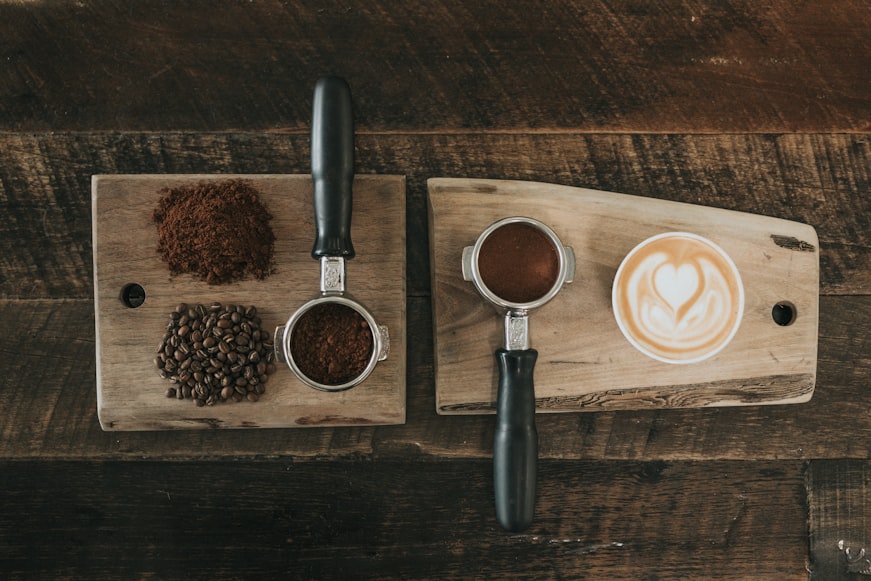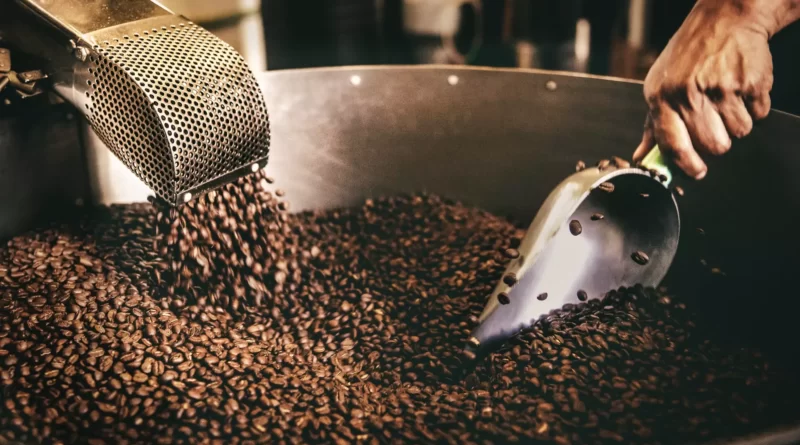Top 7 Different Coffee Beans In The World
Here you will found THE WORLD’S BEST COFFEE BEANS. The best arabica coffee beans available worldwide are mentioned by country in no specific order because individual preference is the main consideration.
For instance, some people might prefer the traditional balance of a Colombian coffee to the winey and fruity acidity of a Kenyan coffee. Some people may not. Therefore, we’ll state up front that there is a subjective component and include the most well-liked coffees along with the top rated coffees after accounting for all of these aspects.
The roasting business BuyCoffeeUSA.com, which specializes in freshly roasted coffee deliveries to to your house, has sponsored this post. Their objective is to empower consumers to explore single origin coffees and depart from the “mystery mixes” that manufacturers frequently advertise.
Because of this, when someone claims that “coffee X is the finest,” what they all mean is “coffee X is the finest to my specific tastes,” which is useless to you.
We advise you to simply test various coffees rather than paying attention to coffee “experts”
You must experiment on your own to find the coffee that tastes the best to you. Stay away from brands that conceal the provenance of their coffee. Below, you may see a list of some of the world’s top coffees.
The freshness of the roast is more crucial than which of these coffees you choose to purchase because coffee reaches its best flavor within days after roasting although many bags of coffee linger on store shelves at Starbucks.
1) COFFEE WITH TANZANIA PEABERRIES

Tanzania Peaberry coffee beans are a brilliant Arabica coffee with a medium body and wonderful fruit-toned acidity that are grown on Mt. Meru and Mt. Kilimanjaro. The best Tanzanian coffees have a flavor that is deep and rich, occasionally displaying undertones of black currant that mellow into chocolate and eventually mix through into coffee’s lingering, sweet aftertaste.
A medium roast has a flowery, rich aroma that frequently has hints of pineapple, lemon, or coconut. The taste is delicate, occasionally displaying undertones of wine, and leaves the palate with a silky sensation.
2) KONA FROM HAWAII COFFEE

On the Big Island of Hawaii, almost 2,000 feet above sea level, on the lush slopes of the Mauna Loa and Hualalai Volcanoes, are where the greatest Hawaiian Kona coffee beans are cultivated. Kona coffee is renowned for its robust yet delicate flavor and unique scent. However, they would not be a blend. Distinct farms will have somewhat different coffees sold under their respective brands.
It is clean in the cup, well-balanced, with a medium body and a cheery acidity. Buttery, spicy, and winey flavors are frequently present in Kona coffee, which also has a wonderful fragrant aftertaste.
3) NAIGARA COFE
Nicaragua, which has produced a variety of highly regarded coffees, is a new entry this year. The greatest coffees from this highly regarded nation in Central America often have overtones of dark, almost cacao-like chocolate as well as fruits like apples and berries.
Darker roasts enhance the fruity and chocolate flavors.
4) SUMATRA MANDHELING COFFEE
Sumatra Mandheling beans are most famous for being a smooth-drinking coffee since they have a substantial body and little acidity. It is renowned for its rich aroma, herbacious flavor, and sweetness. The Lintong area in north central Sumatra, close to Lake Toba, is where the coffee is farmed.
Dark roasts’ caramelizing process helps to balance their earthy, herbaceous flavor.
Sumatran coffees are said to be the greatest low-acid coffee alternative because they are noted for being full-bodied and low in acidity.
5) SULAWESI TORAJA COFFEE
The Sulawesi highlands in the southeast are where this multifaceted coffee is grown. Sulawesi Toraja coffee beans are exceptionally well balanced and exhibit taste characteristics of dark chocolate and ripe fruit. They are most known for their robust body and rich, expansive flavor. With much less body than just a Sumatran coffee but a somewhat higher acidity, and much more astringency than a normal Java Arabica coffee, the acidification is low-toned but bright.
The finest Sumatran coffees have a deep, brooding flavor with a pungent, peppery character similar to Toraja’s rustic richness and muted fruit flavors. The Giling Basah wet-hull technique is used to process toraja coffee, yielding green coffee beans free of chaff. Dark roast is suggested for toraja coffee.
6) MOCHA JAVA COFFEE
Mocha Java, arguably the most well-known blend of coffee beans, combines Arabic (Yemen) Mocha coffee and Java Arabica coffee from Indonesia, two coffees with complementing qualities. The finest Yemen Mocha coffees have a dynamic intensity and delicious wildness that go well with the Java coffee’s clear, bright smoothness. The classic combination of Java and Mocha coffee beans results in a cup of brewed coffee that is complex but also well-balanced.
To see how sailing ships from Java Island landed in the important Yemeni port of Mocha [Mokha], where the 2 categories of beans accidentally combined in the timber hulls of the ships to produce the popular blend, see The World’s finest History of Coffee.
7) ETIOPIAN HARRAR COFFEE
Ethiopian Harrar coffee is an unique and exotic coffee bean that is lightly (natural) Arabica coffee produced in southern Ethiopia at heights between 4,500 and 6,300 feet above the water. It is spicy, fragrant, and heavy-bodied. The dry-processing yields a powerful coffee with a robust flavor that reverberates in the cup, with a fruity flavor compared to dry red wine.
Ethiopian Harrar is a complex blend of spices that tastes apricots, cardamom, cinnamon, blueberry jam, and compote. It is edgy and powerful. Some Harrars have tones that resemble very dark, rich chocolate.
Noting that Ethiopian Harrar is temporarily unavailable, we suggest Ethiopian Sidamo in its place.
8) Ethiopic YIRGACHEFFE Coffee
The greatest Yirgacheffe coffee beans is noted for their rich flavor and aroma with a moderate to light body. They are fragrant and peppery. Coffee is grown between 5,800 and 6,600 feet above sea level and is wet processed.
Ethiopian Yirgacheffee has a lively acidity, a strong, clean flavor, a depth of sweet fragrance in the bouquet, possibly a touch of toasted coconut, a vivid aftertaste, and possibly a faintly nutty or chocolaty aspect. The wild and jammy Ethiopian Harrars stand in stark contrast to the high-toned, flowery, and lemony Yirgacheffe coffees.
Although a medium roast preserves the delicate flavor of the coffee beans, if you prefer your coffee thick and syrupy, consider a medium-dark roast or dark roast.




